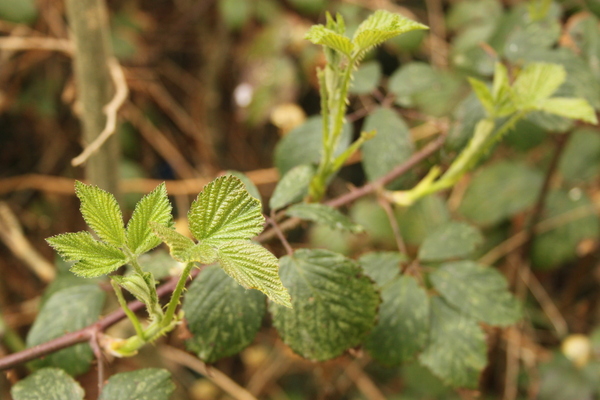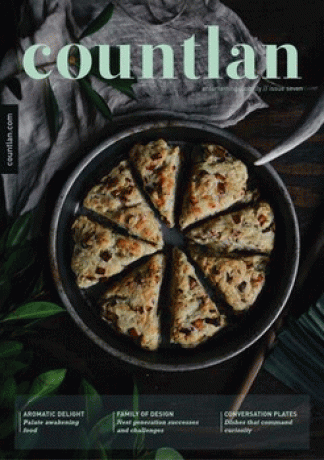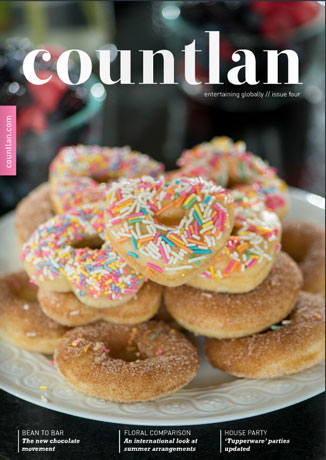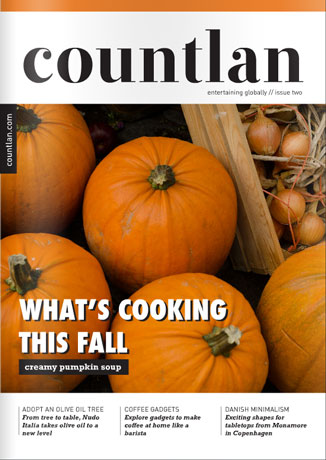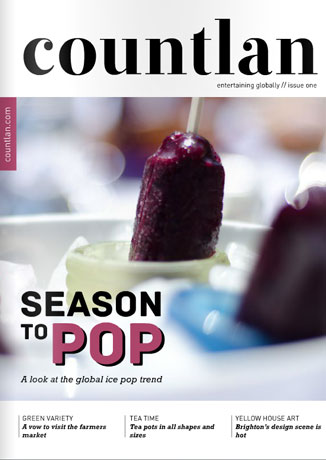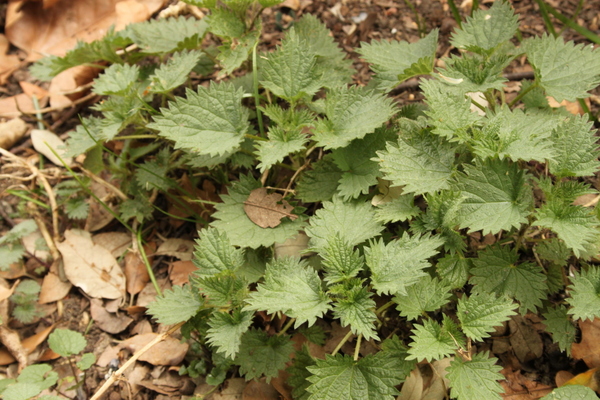
Where The Wild Things Are
Issue 07
Written By Fiona Symington
Blackberries in late summer. Elderflowers for cordial and wild garlic for autumn feasting. Chestnuts in readiness for winter. Our cities’ waterways, parks and gardens are the new hedgerow. On any given weekend, you’re likely to find a new generation of ‘rurbanites’ in search of city-grown fruit, wild greens, mushrooms and berries.
Urban foraging has never been so popular, a reflection of our interest in local foods and the intensity of flavours and seasonality of wild edibles. Just ask Chef Mike Richardson of Mike + Ollie. This maverick forager routinely roams the streets of south London, seeking inspiration and produce for his street food and supper club. Depending on the season, you could be tasting quinces picked from Crystal Palace or green almonds from Ruskin Park. For Chef Richardson, the appeal of foraging is the “unanticipated pleasure” of discovering food that grows in our cities and offers us a chance to appreciate the abundance of food around us rather than letting it go to waste.
San Francisco’s Forage SF shares a similar philosophy. Its foraging classes emphasises sustainability, while its roving supper club, Wild Kitchen, serves an eight-course menu based on ethically sourced local ingredients. While famed restaurants like Noma (Copenhagen) and Coi (San Francisco) have popularised foraging, urban foragers like Invisible Food’s Ceri Buck celebrate the terroir of a city rather than the countryside one. Bruck likens foraging to a “treasure hunt” which explains the popularity of her walking tours as those offered by Steve “Wildman” Brill in Central Park, New York.
Like many, Invisible Food has a strong community focus, bringing together Londoners to “create recipes made with unusual and yet common plants on everyone’s doorstep”. Forage Oakland redistributes surplus backyard fruit amongst neighbours using a barter network, whereas Hamburg-based Das Geld hängt an den Bäumen (money hangs from trees) employs disabled and disadvantaged people to harvest apples from the city’s public gardens, which it then sells as apple juice.
On a more global scale, at Falling Fruit, local foragers post the location of fruit trees and gardens using an open-source website. Over half-a-million fruit trees have been mapped globally and the site is as much a celebration of the urban harvest as food for the table. So is urban foraging here to stay? It would appear so, given the number of foraging food walks, cookery classes, guides and even apps like the Foragers Apprentice available. Its appeal goes beyond wild gastronomy to a deep commitment to place, food provenance and seasonality.
Books to Get You Foraging
The Wild Table: Seasonal Foraged Food and Recipes by Connie Green and Sarah Scott

The Forager’s Kitchen: Over 100 easy recipes from Savoury to Sweet by Fiona Bird

Wild Food: Nature’s Harvest: How to Gather, Cook & Preserve by Biddy White-Lennon and Evan Doyle

Dandelion Hunter: Foraging the Urban Wilderness by Rebecca Lerner

Hens of the Woods and Other Wild Foods and Medicines: A Guided Tour Including Folklore by Steve Brill
